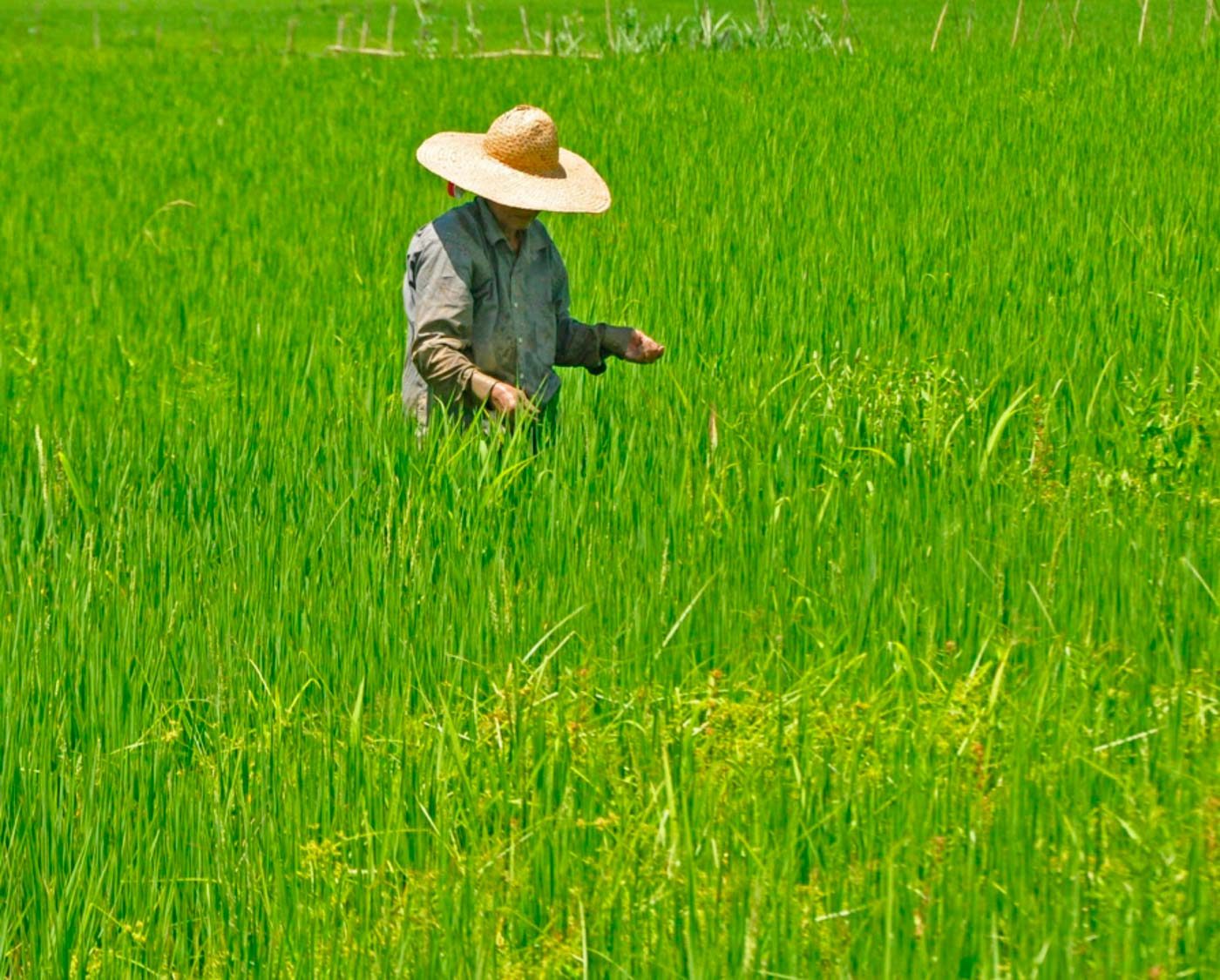SUMMARY
This is AI generated summarization, which may have errors. For context, always refer to the full article.

MANILA, Philippines – Government efforts should focus on the acceleration of the compensation of farmers affected by the rice tariffication law, according to a study by the Philippine Institute for Development Studies (PIDS).
The state think tank conducted a simulation analysis to measure the long-term impact of the law on both the production and consumption sides. The study projected that consumers will benefit from the law but farmers will suffer losses in the long run.
PIDS senior research fellow and agricultural trade expert Roehlano Briones presented the study in a forum jointly organized by PIDS and the Congressional Policy and Budget Research Department of the House of Representatives in November. The study estimated that consumers would benefit around P197 billion every year for the first 5 years.
“If we value all of those benefits and convert them as if we got them today, the equivalent value is P2.26 trillion,” said Briones.
However, the study also showed that farmers will suffer in the long run. Using two scenarios, with and without tariffication, the study projected that the farmers’ income growth would be flat in the next 5 years – a considerable loss compared to the 2.5% projected income growth without tariffication. (READ: Farmers seek floor price as palay sells for just P7 per kilo)
Production will likewise drop by 5.7% under the law. Without tariffication, production is seen to grow by 2.8%.
The study also showed that farmgate prices will grow by only 0.8% by 2030 while retail prices are expected to drop by 1.7% during the same period. Without tariffication, they are seen to grow by 1.6% and 0.65, respectively.
In contrast, imports are projected to grow by 52.8% over the next 5 years under the rice tariffication law.
Despite the projected results, Briones said the government should continue implementing the rice tariffication law given its long-term benefits to consumers, but it should hasten the compensation for rice farmers affected by the reform.
“We do not deny the analysis [that] clearly points out the loss suffered by palay farmers. They actually have a point when they ask, ‘Why are we [going to] take a hit for the Filipino consumer?’ If the consumers really benefit, maybe they [rice farmers] can share in the benefit,” Briones said.
Under the law, a P10-billion rice fund is allocated to help local farmers. Aside from urging the government to accelerate the delivery of compensation to affected farmers, he also suggested that additional revenues from the law can be used for other purposes such as financial assistance, expanded crop insurance on rice, and crop diversification program for former rice farmers. – Rappler.com
Add a comment
How does this make you feel?
There are no comments yet. Add your comment to start the conversation.